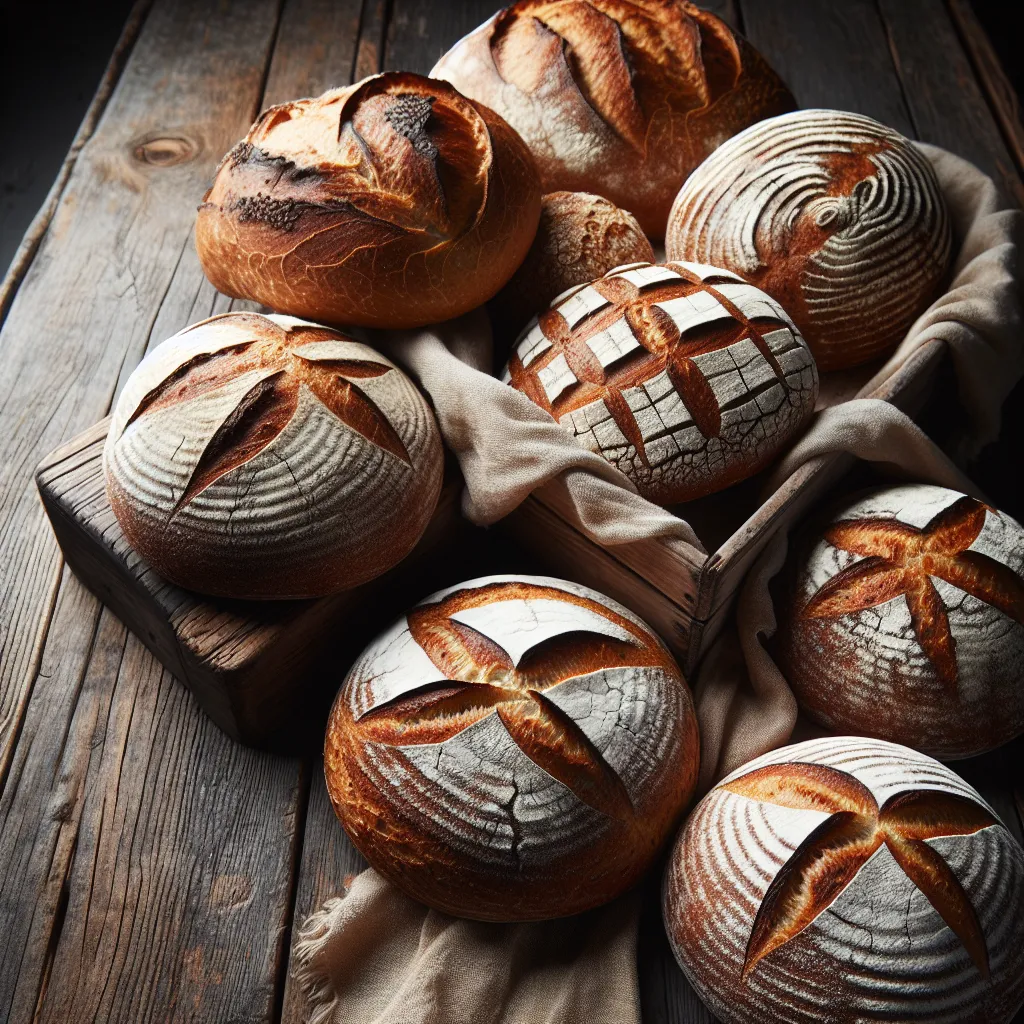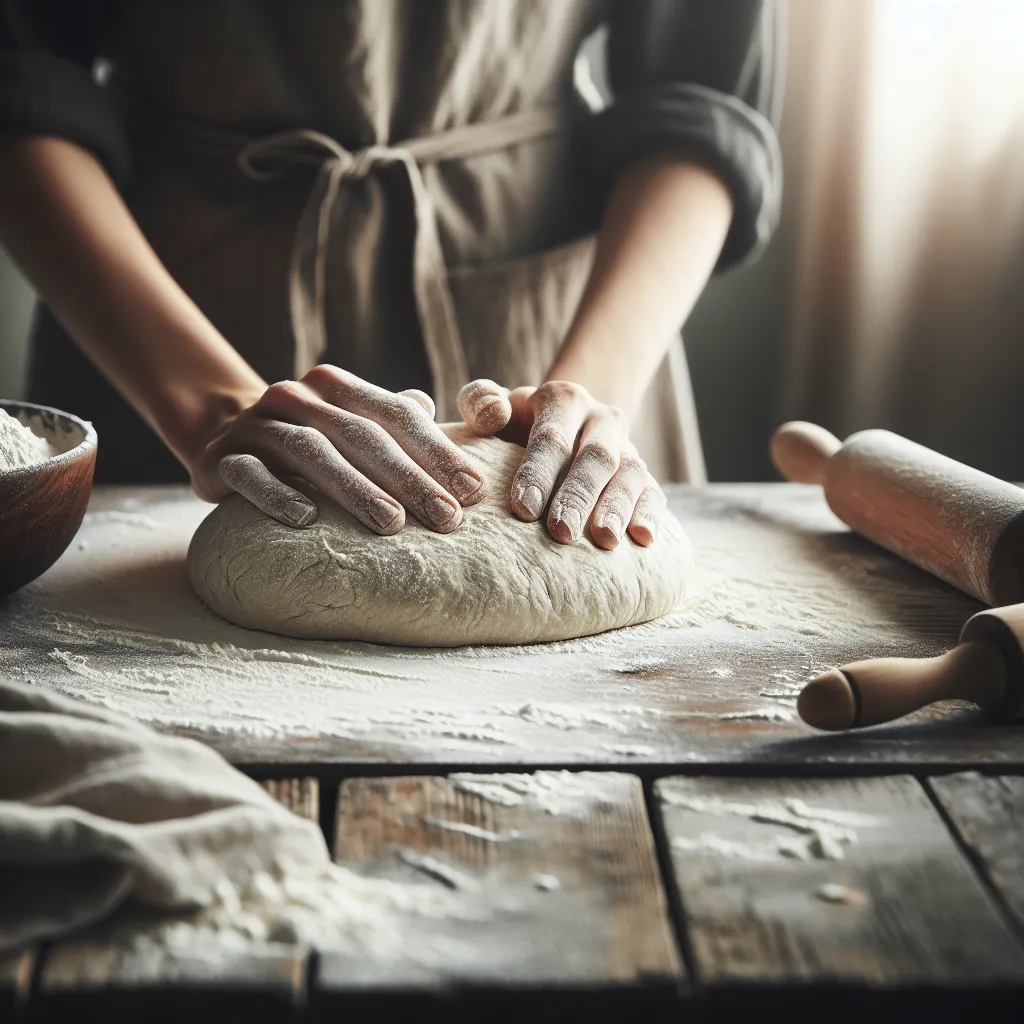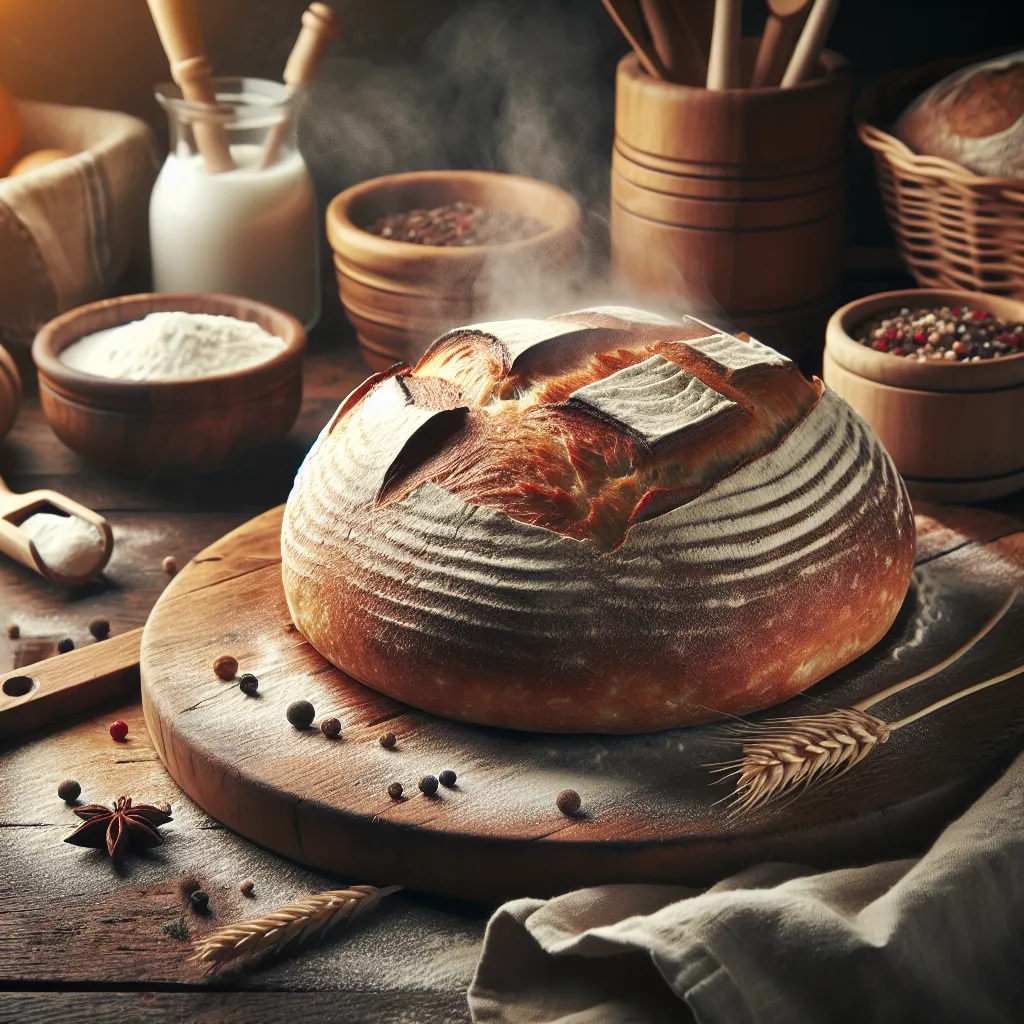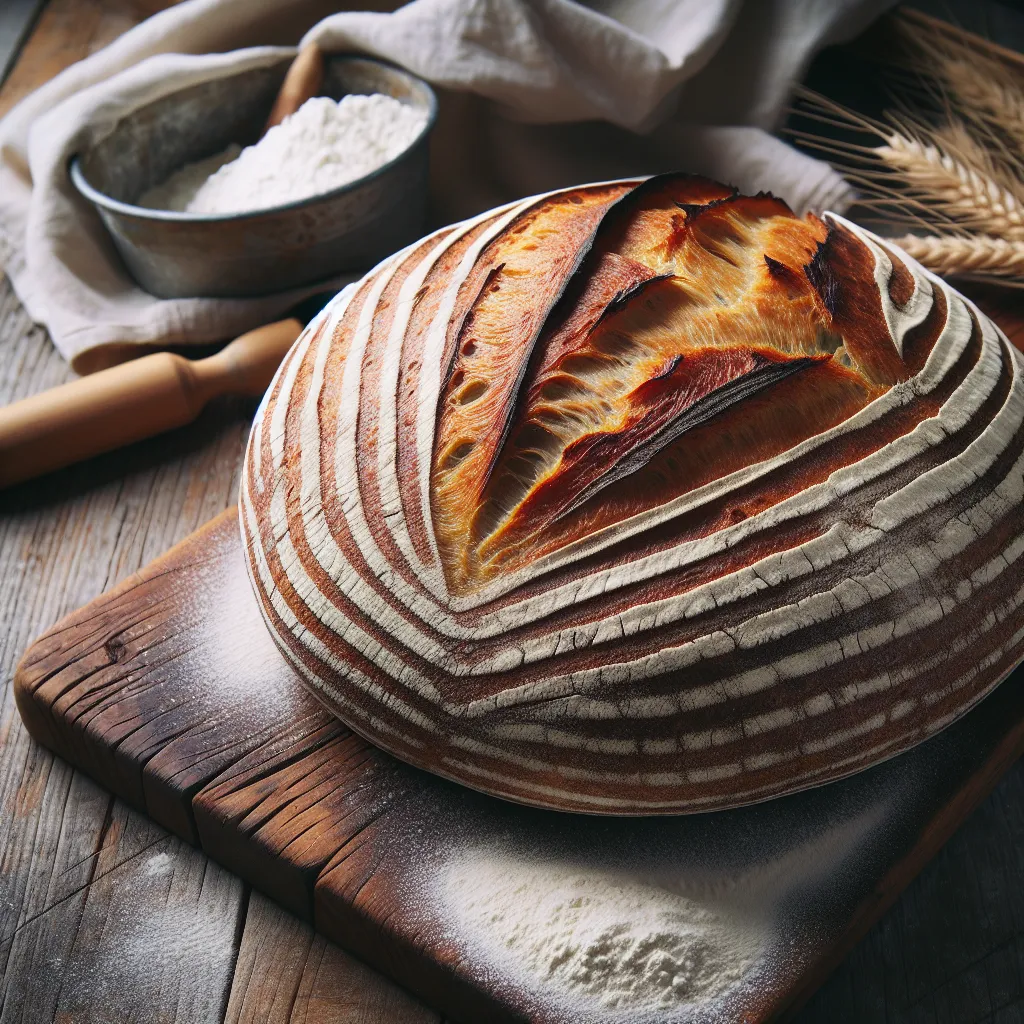Essential Tools for Bread Making
Mastering the art of bread making can be an incredibly rewarding experience for beginners, but having the right tools is essential for success. To begin your bread making journey, there are several key tools that you will need to have on hand. Firstly, a good quality set of measuring cups and spoons is crucial for accurately measuring out ingredients. Precision is key in bread making, and having the right measurements can greatly affect the outcome of your bread.
Another essential tool for bread making is a sturdy mixing bowl. Look for a bowl that is large enough to accommodate the dough as it rises, and is also easy to clean. Additionally, a set of mixing utensils such as a wooden spoon and a dough scraper will be indispensable for combining ingredients and working with the dough.
When it comes to kneading the dough, a solid, smooth work surface is necessary. Many bakers prefer a large, durable wooden cutting board for this purpose. Additionally, a quality bread pan or Dutch oven for baking your loaves will be necessary, depending on the type of bread you are making.
Lastly, investing in a good quality digital kitchen scale can greatly improve the accuracy of your bread making. By weighing ingredients instead of measuring by volume, you can ensure consistency and precision in your recipes.
By ensuring you have these essential tools on hand, you will be well-equipped to embark on your bread making journey and set yourself up for success.
Understanding Yeast and Dough
Understanding yeast and dough is fundamental to mastering the art of bread making. Yeast, a living organism, is the magical ingredient responsible for making bread rise. There are two common types of yeast used in bread making: active dry yeast and instant yeast. Active dry yeast needs to be dissolved in warm water to activate, while instant yeast can be mixed directly with dry ingredients. It’s crucial to use the right type of yeast as specified in the recipe to ensure successful fermentation of the dough.
Once the yeast is activated, it feeds on the sugars in the flour and produces carbon dioxide gas, which causes the dough to rise. This process, known as fermentation, is what gives bread its soft and airy texture. Understanding the ideal conditions for yeast activation and fermentation, such as the appropriate temperature and humidity, is essential for successful bread baking.
Furthermore, understanding the characteristics of dough is equally important. Proper kneading develops the gluten in the dough, giving bread its structure and chewy texture. Over-kneading, on the other hand, can result in a tough loaf. Additionally, the proofing stage, where the shaped dough is left to rise before baking, is critical. Under-proofing or over-proofing can lead to dense or collapsed loaves.
In conclusion, mastering the art of bread making begins with a deep understanding of yeast and dough. By comprehending the role of yeast in fermentation and the characteristics of dough, aspiring bakers can elevate their bread making skills and create delightful loaves of bread with confidence.
Perfecting Different Bread Styles
Mastering the art of bread making opens up a world of possibilities to create various bread styles, each with its own unique characteristics and flavors. Whether you are a beginner or an experienced baker, perfecting different bread styles requires an understanding of the techniques and ingredients involved. From rustic sourdough to fluffy brioche, exploring the nuances of each style will elevate your bread making skills to new heights.
Sourdough bread, known for its chewy texture and tangy flavor, is created using a wild yeast starter. This traditional method requires patience and skill to master the art of fermentation. On the other hand, brioche, a rich and buttery bread, relies on the incorporation of eggs and butter to achieve its soft and fluffy texture. Understanding the role of each ingredient and technique is essential in perfecting these distinct bread styles.
Additionally, mastering the art of crusty artisan bread involves mastering the technique of creating a crisp crust while maintaining a soft and airy interior. This style often utilizes a pre-ferment or poolish to enhance the flavor and texture of the final loaf. Conversely, the process of perfecting sandwich bread requires attention to detail in achieving a tender crumb that is perfect for everyday use.
Experimenting with different styles of bread allows you to delve into the fascinating world of bread making, honing your skills and understanding of the craft. Whether you are drawn to the complexities of sourdough or the simplicity of a classic baguette, each style offers a unique learning experience in the art of bread making.
Tips for Baking and Serving Artisan Bread
When it comes to mastering the art of bread making, understanding the tips for baking and serving artisan bread is essential for achieving the perfect loaf. One important tip is to use high quality ingredients, such as bread flour with a high protein content, to ensure the ideal texture and structure of the bread. Additionally, using a sourdough starter instead of commercial yeast can add complexity of flavor to the bread.
Another key tip is to allow the dough to undergo a slow fermentation process, which can be achieved by using a preferment or by simply letting the dough rise in the refrigerator overnight. This slow fermentation helps develop rich flavors and a lovely, open crumb structure in the final bread.
When it comes to serving artisan bread, it’s best to allow the bread to cool completely before slicing it. This allows the interior crumb to set properly and results in cleaner, more even slices. Additionally, serving artisan bread with high quality butter, olive oil, or flavored spreads can elevate the experience and highlight the delicious flavors of the bread.
By following these tips for baking and serving artisan bread, even beginners can create impressive loaves that are sure to impress family and friends.




